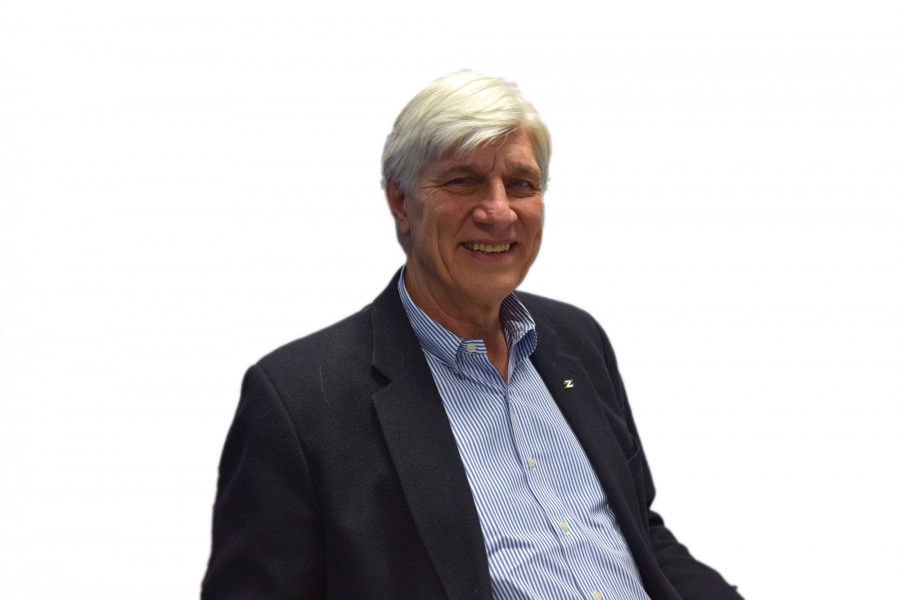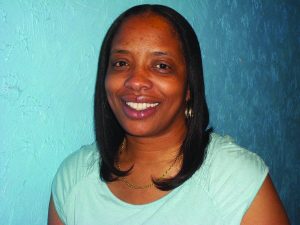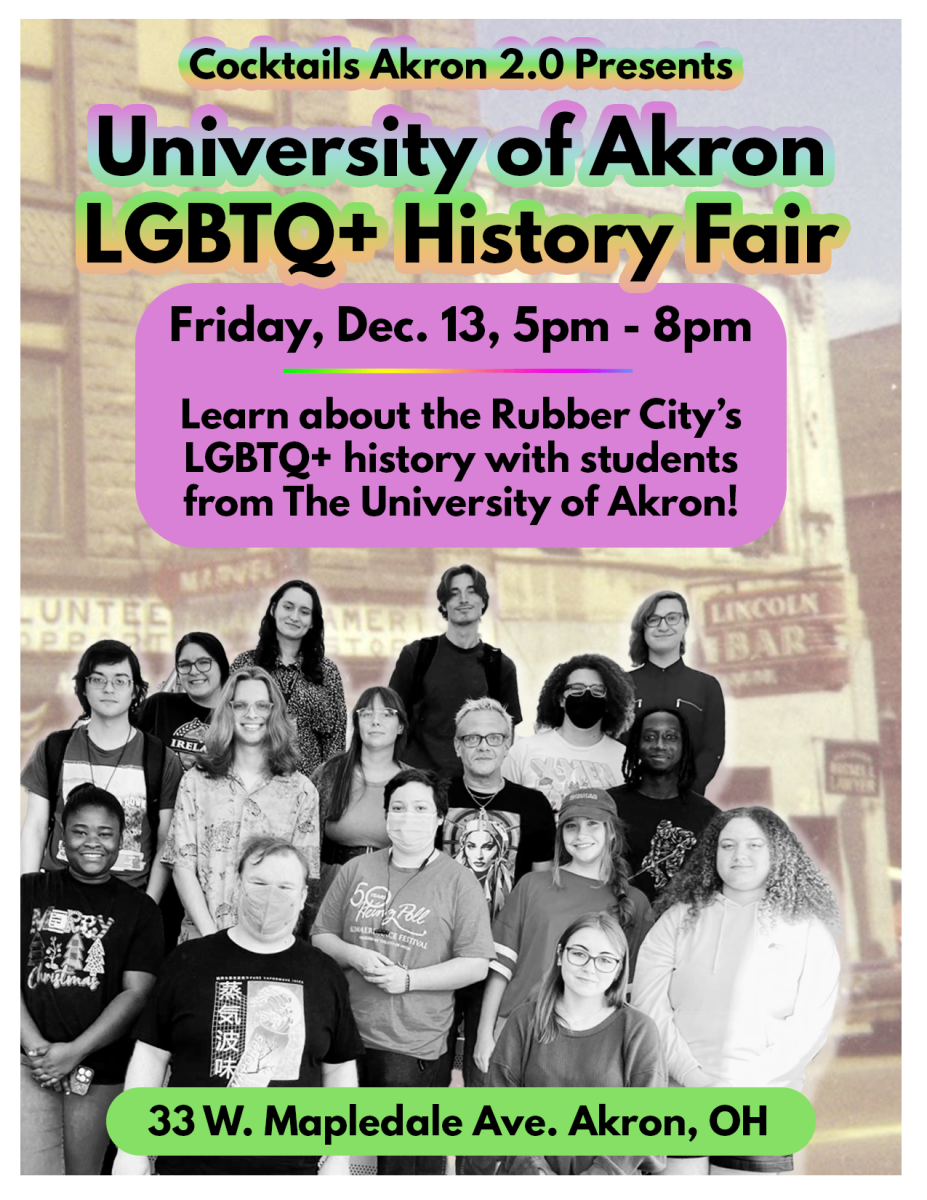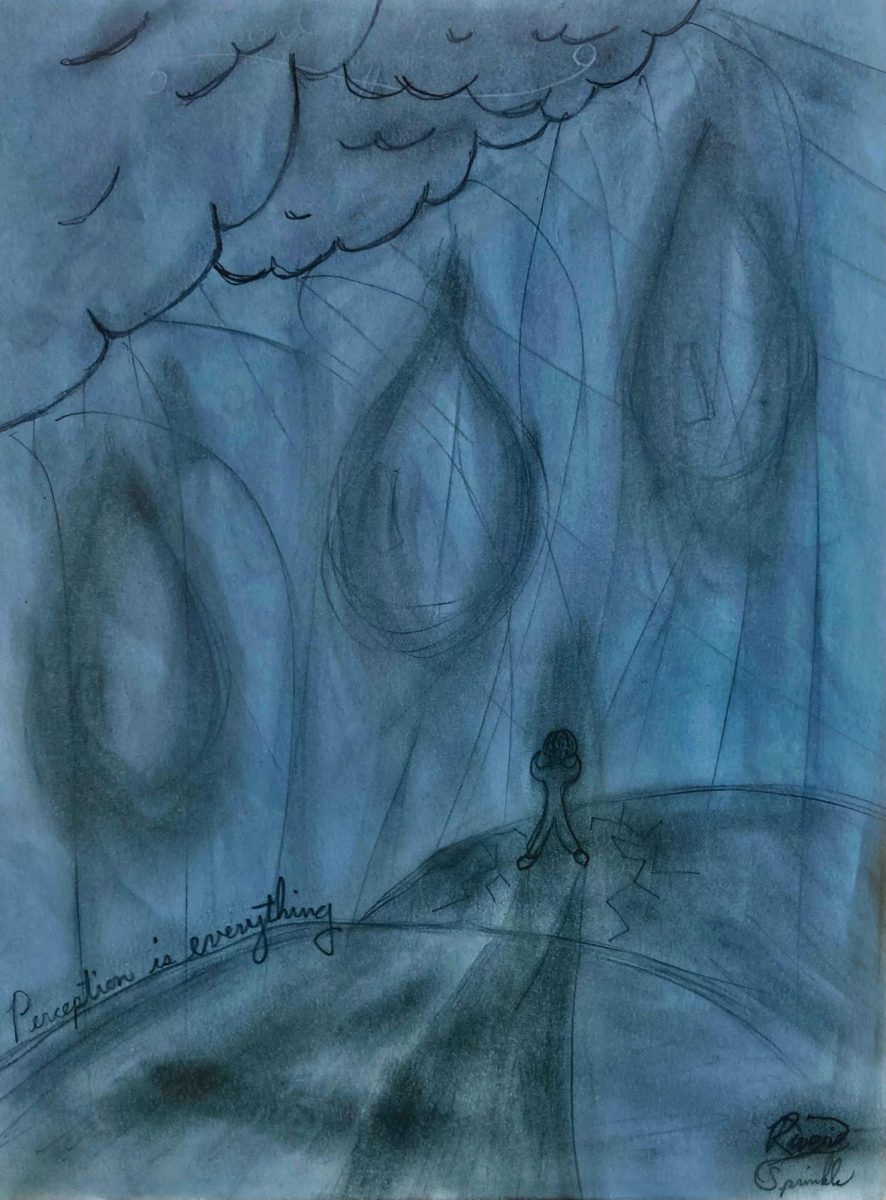Q&A with Board Chair Jonathan Pavloff: rebranding, President Scarborough, faculty, more
Board of Trustees Chairman Jonathan Pavloff.
February 17, 2016
In an interview with The Buchtelite last Monday, Feb. 15, UA Board of Trustees Chair Jonathan Pavloff gave responses neither supporting nor criticizing President Scott Scarborough.
Asked if the board had unanimous support in Scarborough from all seven of its voting members, Pavloff said, “The board speaks as one. We have great debate, but when we make a decision, we all support the decision that’s made collectively.”
Pavloff also said he met with Faculty Senate Chair William Rich after that group’s 50-2 no confidence vote in President Scarborough on Feb. 4, about which he will release a statement soon. He has similar plans to meet with votaries of the letter from academic chairs and directors requesting immediate change in UA leadership.
Regarding rebranding as “Ohio’s Polytechnic University,” Pavloff admitted the tagline “may not work,” and that “we didn’t do a very good job of defining that.” He said it might work well in the future for UA’s engineering or polymer colleges, but that it doesn’t work so well for music and art.
Pavloff, whose term will expire later this year, was appointed to the board in 2011. Following is a transcription of his interview with The Buchtelite, edited for brevity and clarity.
How are you working to make board meetings more accessible?
“I think your question is really ‘why are the executive sessions which are normally scheduled taking so much time?’ [They] are the reason for the delayed start. It’s no surprise that we have issues to discuss that take a long time, [and] I don’t want to short-change the discussion on these issues and compromise any decision-making.”
Some other Ohio public university boards have public Q&A sessions afterward. Is this something you are considering?
“We have had meetings with the press after board meetings, both collectively and individually. That’s not unusual at all. Individual reporters will come up and request some time. We are happy to sit down and spend whatever time is needed with them.”
What is your reaction to the Feb. 11 Akron Beacon Journal article calling for UA trustees to “begin to think hard about a [presidential] transition”?
“[I have] no specific reaction to that statement other than to say one of the primary responsibilities of the board is to hire and assess the performance of the president. We have some very significant issues to address; we hired President Scarborough to address those issues and he put together a plan. We are in the midst of evolution in that plan.”
Did you receive a lot of emails after the recent “Scarborough must go” ad campaign listed the trustees’ contact information?
“Yes we did get a number of emails. It wasn’t an extraordinary amount. I was surprised by the content of some of them because they were very programmatic with the same set of issues. Because we still have these issues, then – as the ad asks – you must fire the president. We did receive the emails and we’ll have a response to them.”
What has become of your intention to meet with Chairman William Rich after the Faculty Senate’s 50-2 no confidence vote in President Scarborough?
“I did reach out and we’ve met. We will be coming forth with a statement about that.”
Do you have any recommendations for the UA administration to improve shared governance?
“[President Scarborough], early on, worked with the colleges to put together a strategic plan. I think it’s important to continue the dialogue that was established with that – not just the development of the plan, but continuing the dialogue in responding to the initiatives and reviewing their progress.”
Why is the University shifting its emphasis to non-tenure-track faculty?
“This is a question that’s being asked on every campus of every college and university across the country. Finding that proper mix of all those different faculty components is unique to every university setting and we need to find the one that works best for our students and their success. Without a respected faculty, you compromise the quality of education. We can’t do that.”
Are you concerned that UA is losing its top professorial talent to the job market or other universities?
“You’re always concerned about retaining talent at every level and in every job. We certainly want to do everything we can to retain the talented faculty members in every school and college. You can’t build and maintain a high-quality university without high-quality faculty.”
Is a plan with ITT Tech and the firm Higher Education Partners moving forward?
“Subjects and discussions about partnerships come up all the time. We are always engaged in some kind of dialogue. Some eventually bear fruit. Some die a natural death. When there’s something to be put forth that becomes part of the public record. Satellite networks are not new; we’ve had them for a long time.”
Why is there so much outsourcing at UA?
“There is a great deal of focus on cost structure inside higher education. [Outsourcing] is one of the ways that people are looking into managing those costs. For example, we recently outsourced [dining] services to Aramark. I believe it’s pretty close to 75 percent of other colleges that have outsourced their food services operations. You have people that do [food service] for a living and they do it better than a group of university employees without that specific focus, and it’s not just food service. Outsourcing is really a way to focus on your core competencies. Your mission – the education quality – is not french fries.”
Are you concerned with ominous admissions numbers so far for next school year?
“In 2011, we made a decision to limit open enrollment. We were taking money from people who weren’t going to do well when they got here, and sure enough the data bore that out. It was simply wrong to encourage them to give us their money and to take out debt only to leave two or three years later.
“So, we limited open enrollment. The effect of that was [losing] between 900 to 950 students a year. It had an impact on our revenue line, but it was morally the right thing to do. Each succeeding incoming freshman class was larger and better-prepared than the preceding class. “With each of those classes our retention rate improved. It wasn’t large enough to make up the 900-950 gap, but the trend was swinging up.
“This year our application numbers are a little bit less than last year. Admissions are comparable. People who have committed to enroll are down. That’s always a concern, because we know enrollment is the lifeblood of the University.
“I would have to admit that reaction to some of the headlines has probably had an effect [on next year’s admissions numbers]. But we’re still going to have to fight to overcome that.”
Are you concerned with decreased donations numbers?
“It’s not quite so bad [as the enrollment situation]. When you dig into the underlying characteristics, cash donations have been on the decline since 2011. The biggest reason for the decline [in overall donations] from last year to this was the termination of a $6 million gift-in-kind. That doesn’t include the [Williamses’] gift that should materialize from what we announced in the Honors College a few weeks ago.”
If enrollment continues to decrease, will next year bring more layoffs and program reductions?
“Well, I can’t say that. We are required by law to have a balanced budget. I can’t tell you that balancing the budget would result in layoffs or reductions, but there will be a balanced budget.”
Are there talks to drop UA’s “Ohio’s Polytechnic University” tagline?
“We announced a long time ago that we’re not changing the name. Hopefully that’s not a question people have. So far as finding that branding tagline, “Ohio’s Polytechnic University” may not work. We didn’t do a very good job of defining that. It might work really well in the future for the school of engineering or polymer science. It doesn’t work so well for music and art. You’re going to have transition and continual work to try to find that marketing brand – we deserve a better reputation than we have.
“There’s not a specific campaign [to drop the tagline]. If it’s working, what could we do to make it better? If it’s not working, what should we do next? That discussion never ends.”
Does the Board of Trustees have unanimous support for President Scott Scarborough?
“The board speaks as one. We have great debate, but when we make a decision, we all support the decision that’s made collectively. As you can imagine, not everybody agrees on everything we vote on. I understand if you look at the board meetings and don’t get that – but the committee meetings, where those individual items are discussed, have very full and frank discussions. We’re one board, and we speak with one voice.”









